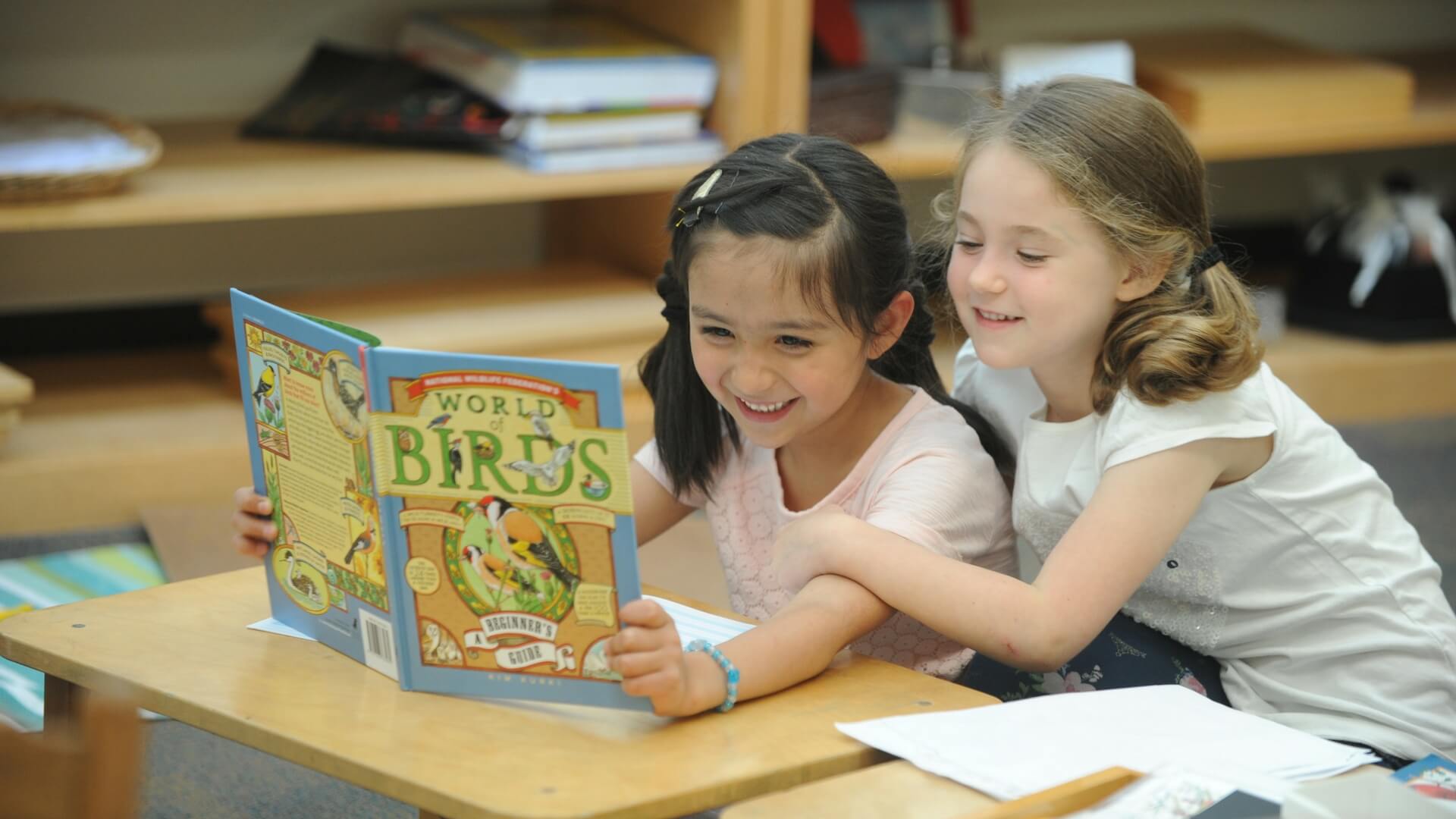Parents have been teaching their children to tell time for centuries. Analog clocks were one of our first great technological marvels and modern life has circled around that clock face for over 500 years. Though digital displays have recently become the norm, your children still need the ability to read an analog clock face. From movies and literature to the clocks on classroom walls, children are much better off when they can read the meaning in the big and little ‘hands’ of a clock though many no longer have this skill by the age of ten. Fortunately, telling time something easy to teach at home because it connects to every aspect of day-to-day life in ways that toddlers and school-age children can understand.
The key to teaching your children to tell time is a clock face that’s easy to read and making time-telling a part of your daily routine.
Hang a Large Wall Clock
The first step is to have at least one large-faced analog clock hanging on your wall at home. These usually feature bold colors, large hands to emphasize exactly where it is pointing. Look for one with a big sweeping second hand
You may want more than one wall clock so that you can do time-telling exercises in every room. Consider choosing clocks of different styles and numeral details so your child gets practice recognizing the time on many of possible clock faces they may see. And, of course, cover digital
“What Time is It?”
Start your clock lessons just by identifying what time it is. You may want to grab some cardboard teaching clocks to practice placing the hands and identifying the time. The hours are the easiest to understand and from there, you can start explaining how half-hours and quarter-hours look on the clock. Once your child has a basic grasp of how the clock works in theory, you can begin to work time-telling into your everyday routine.
When your child asks you what time it is, challenge them to discover for themselves by reading the clock together. You should also start asking them what time it is to initiate the game. This is a fun way to track how much time passes and practice reading the big and little hands.
“When Can I Have….?”
Young children learn best with rewards and personal motivation and you can teach them both patience and time-telling by using your big wall clock. Parents have been using time telling practice as device for other child rearing techniques for a very long time. When your child asks for extra snacks, access to a toy, or a specific kind of play you can tell them to wait until the clock looks a certain way.
This technique works for both short waits and to show your child that permission will happen later in the day. Soon they will start to understand how numerical time relates to their real-world experience of time passing. Short waiting times teach them the difference between five minutes and a hundred minutes. Long waits will start to teach them the significance in time-of-day.
“When Will That Be?”
As your child has a reasonable grasp of how time works, you can start asking them to tell you what the clock will look like when certain events happen. Start small, like where the big hand will be in five minutes and move on to where the little hand will be at dinner time. Many children over the age of 3 will already have a referential grasp of when things happen during the day by looking at digital clocks.
This is also a very effective way to manage both time-outs and timed permissions. Television until five or waiting for five minutes are both easier to understand and enforce when your child knows how to count minutes.
Teaching your children to tell time can also easily become a family game. Not only does telling time set your children up for math class and fractions in the future, it will also help them connect with history. Literature, architecture, and luxury items still created today feature the clock face and time represented by the clock hands in a way that they will be able to appreciate from a very early age. Simply by playing clock games with your children, you are making sure they are well-equipped for a successful future.


